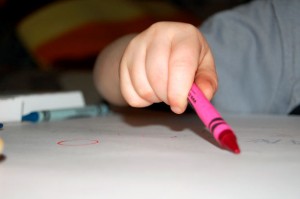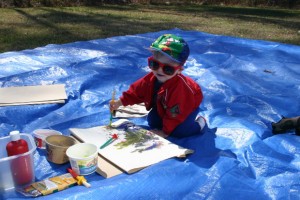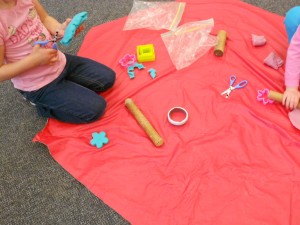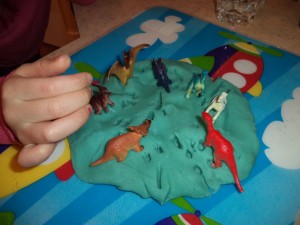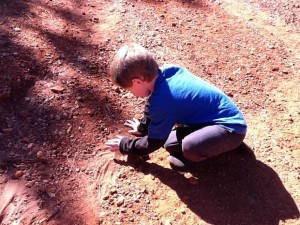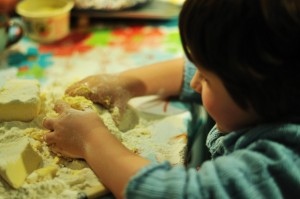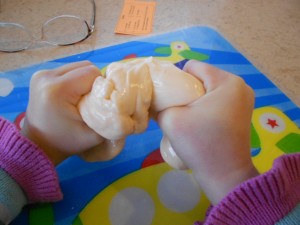Did Google introduce a new doodle just for kids and back to school? The bright colors have inspired a challenge: a whole month on the colors of childhood.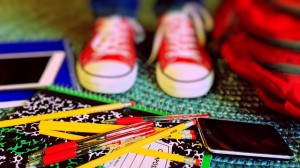 No matter the colors of the other months or holidays, September has the most vibrant array. There are the bright blues, reds, greens, and yellows for back to school as well as the oranges, reds, yellows, and browns of fall. Harvest has its selection of carroty orange, deep purple beets, corn that captures the taste of the sun, and apples and pears from golden yellows to shining reds. The cool greens of summer make an amazing backdrop for nature’s explosion of color in the fall. It’s almost as if nature is reminding us we need to enjoy the colors now before the lack of them in the winter.
No matter the colors of the other months or holidays, September has the most vibrant array. There are the bright blues, reds, greens, and yellows for back to school as well as the oranges, reds, yellows, and browns of fall. Harvest has its selection of carroty orange, deep purple beets, corn that captures the taste of the sun, and apples and pears from golden yellows to shining reds. The cool greens of summer make an amazing backdrop for nature’s explosion of color in the fall. It’s almost as if nature is reminding us we need to enjoy the colors now before the lack of them in the winter.
Designer, Monika Conway, has a fascinating post, The Colours of Childhood. (She is from New Zealand, that’s why the slightly different spelling.) She writes:
“Children…want to embrace and explore colour whenever they can….Colour helps to express themselves and project their emotions. It’s as if children can design themselves through colour.”
She reminds us that kids interact with color much as they do with toys. They are drawn to the brightness of colors that reflect their own level and type of energy, clear and shining.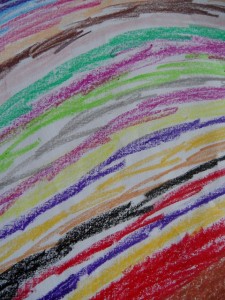
Colors appeal to more than the sense of sight. Kids like to reach and touch. We can connect emotionally with colors, serving as a “communicator or storyteller.”
“Children see colour with fresh eyes. They talk of colour as fun, happy, cool and beautiful. They learn how colour makes them feel when it’s close to them, especially when selecting personal items. They learn to use colour to reflect different moods and emotions.”
Teachers, parents, and caregivers, are often cautioned about the use of colors. Too many strong colors at once can be overstimulating and overwhelming. On the other hand, lack of colors and the overuse of neutral shades can seem empty and cold, uninviting and flat. Getting the right balance can be challenging, especially as needs change.
“Children’s eyes are open to observe the colour details and patterns we so frequently overlook… Notice how hard it is for a young child to pick a favourite colour from a selection. They all look good.”
A series of blog posts on colors seems to fit with nature’s mood. For a play-of-the-day, what fun can you and your child have with color?
Come back tomorrow to explore and play with color. Blog posts are under the green box and tab.

